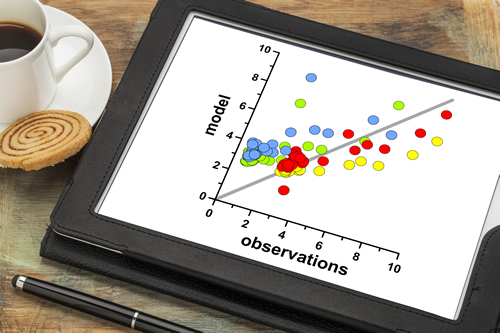Simulation has been around for more than 20 years, so what is compelling more science teachers and school districts to add it to their bag of resources? Just as early video games with their simply designed interfaces and limited functionality evolved into today’s fully immersive games, simulations have also evolved.
Moving from simple click-and-play applications, modern simulations now allow students to fully control the virtual environment, manipulate variables, and collect and analyze multiple outcomes. Using simulations expands the possibilities that are limited in just one classroom. The most developed subject area for educational simulations revolves around the STEM fields. We should always want to expand the educational opportunities that we see in STEM areas, mostly because these are the careers of the future. Here are some reasons why science teachers should use simulations.
1. Simulations allow for more lab experiences
With virtual simulations, students get to visualize and interact with concepts outside the realm of a traditional lab. They can manipulate the organelles of a microscopic cell or variables such as gravity and friction. Some simulations offer a full laboratory experience, thus allowing students to participate in labs that are typically reserved for teacher demonstrations. Simulations that recreate valuable experiments but are too laborious or difficult to control, such as Mendel’s pea plant experiment or breeding fruit flies, can easily be carried out in one class period.
2. Simulations make it easy for every student to participate
In one-to-one classrooms, simulations let each student practice and interact with scientific skills and concepts. This allows for multiple and varied data sets to be collected, analyzed, and shared in collaborative groups. When each student is fully engaged in the learning process, they can share their experiences and discuss the results with more confidence.
3. Simulations are interactive, so students retain what they’ve learned
Modern simulations are more than click-and-play applications; some allow for a full and complex laboratory experience mathematically designed to function as a real laboratory. Adding simulations to your science curriculum can enhance students’ skill development as well as their conceptual knowledge of science. In e-Tech CloudLabs’ Density simulation, students practice real skills by manipulating a triple-beam balance and reading the displaced volume in a graduated cylinder. If they happen to place the sodium in water instead of oil, they may also witness a volatile chemical reaction—all within a safe virtual environment.
4. Simulations can provide immediate feedback
Raw data, successful completion notifications, failed attempts, or even culminating reports are possible with today’s innovative simulations, thus allowing students to correct misconceptions and teachers to intervene in the midst of the learning process.
5. Simulations are readily available
Easy availability of virtual simulated labs allows students 24/7 access, providing a great venue for making up missed labs, flipped and blended learning, or repetition of labs without concerns of limited supplies and consumables. Free simulations are available online, ranging from simple to complex, including those from PhET, Concord Consortium, and Learn.Genetics. There are also commercial offerings available; one to try is e-Tech Solution’s CloudLabs, which offers a full laboratory experience as well as the ability to work and integrate easily within a learning management system.
6. Simulations are safe and cost-effective
When students are occupied in virtual labs, safety is no longer a concern. Teachers can provide assistance to individual students instead of having to continually monitor adherence to lab procedures and safety. Supplementing traditional labs with simulations provides each student with a hands-on experience and reduces the amount spent on expensive lab instruments and supplies while increasing their lab experiences.
- 4 ways to encourage play in education - April 25, 2024
- It’s time to pay student teachers - April 25, 2024
- The evolving requirements of a K-12 school network - April 24, 2024

